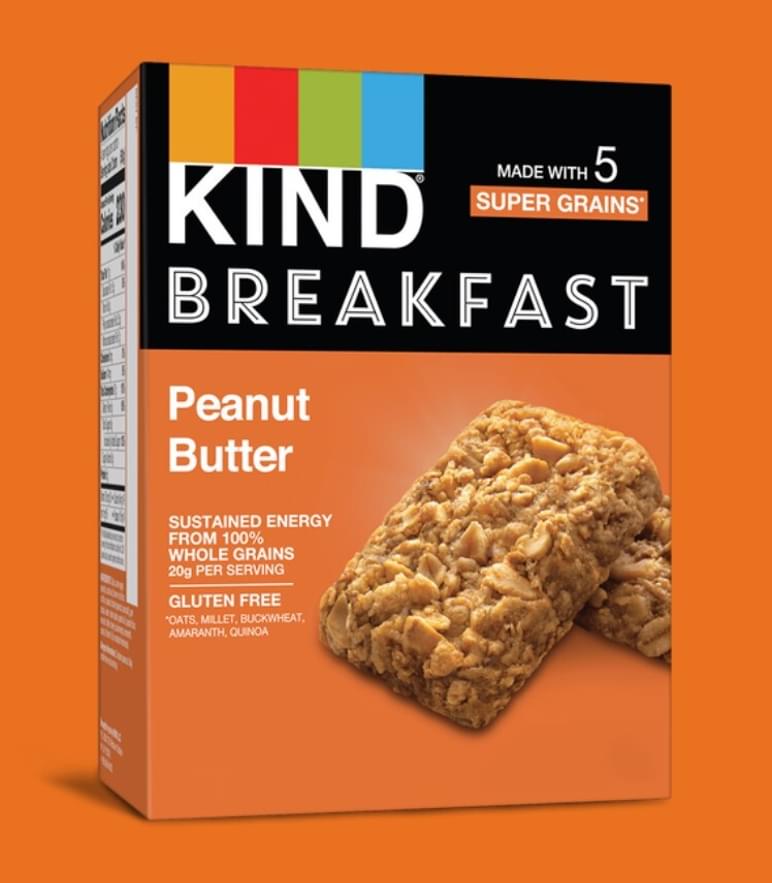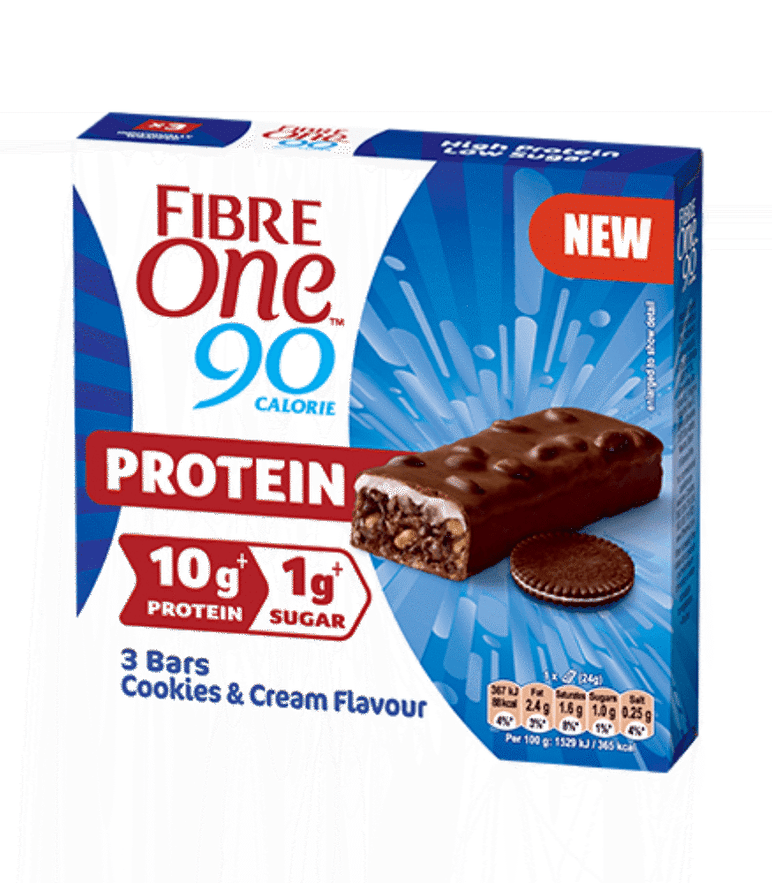Insights

06 Jan, 2026
Beyond Trend Hunting: Five Shifts Worth Betting On in 2026
Read More
Andy Wardlaw
27 May, 2021 | 8 minutes
Despite the turbulence of recent times, the world has carried on snacking! Total occasions have remained fairly stable according to the data. However, the when, where
and what has shifted dramatically. Single countline SKUs have had a tough time as on-the-go moments disappeared. Meanwhile, planned at-home occasions, favouring multipacks, grew exponentially.
But even as the economy opens up, the story emerging from the US is that single serve snack bars are still in the doldrums. Is this evidence of a ‘before and after’ moment for the category? And if so, how do we fill the void?

There is broad consensus that recent events will exert long term impacts upon consumer behaviour. More flexible working patterns are going to mean more home-based lifestyles. Impulse sales must prepare for a long road back to 2019 levels.
And after a year of following the science, there is every likelihood that people will demand greater functionality and efficacy from their cereal bars and snacks. This is becoming evident across functional beverages already.
Pictured: KIND has adapted fast to more home-based lifestyles, accelerating the launch of multipack breakfast bars.
The need to adapt to a new consumer environment is compounded by another major development. A growing number of markets, including the UK, are introducing restrictions on the merchandising of high fat, salt, and sugar (HFSS) products at impulse locations - such as promotion bays and checkouts.
The need for snacking to evolve and hold on to its dynamic reputation has never been greater.
So, as manufacturers respond, my advice is to plan for further polarisation in what consumers will demand from their snacks. Higher functionality on one end of the scale, and elevated indulgence on the other.
So, let’s take our first bite of 10 evolutionary snack trends.
The rise in home working in the longer term will mean that traditional snack times (say, 11am and 4pm) will become less ‘time-rigid’. Previously, I have suggested that brands must ideate more around the idea of ‘micro-treating’ – that is, elevated indulgence in miniature formats to offset health penalties. IPSOS recently reported that over 80% of us admit putting on weight since the pandemic. That’s a lot more people roaming the aisles trying to do the right thing!
Pictured: TILLY WONKA. Small, yet perfectly formed. These beautifully crafted bonbons are sure to lift the spirits between Zoom meetings.


Even in pre-pandemic times, 44% of people claimed that they snacked in place of a meal. As the world prepares to work longer hours to get through tough economic times, more meal occasions will be compressed, and handy snack solutions will be sought. One brand to watch in this space is Huel, who have added a range of snack bars to their meal replacement offer. Each bar boasts 26 vitamins and minerals. This is your benchmark!
Pictured: Got lunch? If not, Samuel’s Sweet Shop in NYC will make you a gluten free, raw, organic, energy packed protein ball. What more could you ask for? Not a lot after that list.
To remain relevant, categories need new narratives to keep audiences engaged. In recent months, stories around nutrition density, ingredient diversity and benefit absorption have been quietly expanding. Breakfast brand Bio & Me offers 15 diverse plant-based ingredients in a nutrient-dense recipe.


Immunity, anxiety, mental focus, sleep, and gut health will be the foundations of the next era of functional foods. Baobab, elderberry, and acerola cherry are three among many food ingredients that are starting to shine. And now nootropics and adaptogens are being thrust upon consumers despite low awareness. But for shoppers seeking higher efficacy, ingredients like L-theanine, Ashwagandha and Reishi Mushroom are starting to earn their place – particularly in functional beverages – so why not snacks?
Pictured: GENERAL MILLS. Fibre One had a great 2020 even though many other cereal bars declined. The brand’s focus on fibre has benefited from people’s growing interest in gut health.
The world was anxious even before the pandemic. Covid just made it ok to acknowledge it and do something about it. In one of the many polls taken over the last 12 months, 55% of Americans acknowledged that they snack for comfort (up from 46% in 2016). Nearly two-thirds of UK consumers have confessed reverting to the same chocolate bar that they enjoyed as a child. On a sensory level, this creates a need for ‘deep savourment’ that is linked to pleasure and emotional reward. As Montezuma’s MD Bruce Alexander puts it: “Chocolate is not a health product” despite what some producers might think. And I agree. Healthier chocolate is probably not where the big money is going to be!
The pandemic has given the world more than enough time to think about the fragility of everything. One-third of Americans now claim to seek out sustainably produced snacks and state that they’re prepared to pay more! So, how can we reduce the carbon footprint of the category? Recently, Ocean Spray launched a Cranberry Seeds snack product made from by-product amassed from making its juices. Tackling food waste has to be a key objective of all manufacturers over the next few years.


With global movement toward plant-based consumption, more snack solutions from the plant kingdom are a good bet! New tastes and textures that drive trial should be a priority here. For truly mindful snacking, botanicals offer perceived health and performance benefits. But aim higher than simple plant-based nutrition. You’ve got to add sensory excitement if you’re going to accelerate take-up of plant-based bounty.
Pictured: BRAVE is one of many brands doing exciting things with peas and chickpeas. “Peas and chickpeas are a bit like Clark Kent. They might look mild-mannered and humble but underneath it all, they’re super-powered.”
Before coronavirus, some of the very best snacking occasions were shared. That big bowl of chips and dips for everyone to dive into! Shared occasions aren’t going to disappear, but we expect growing preference for singular presented products. Brands must be sensitive to this and show that individually wrapped doesn’t have to carry penalties for sustainability.
The pursuit of clean ingredient declarations has been a priority for manufacturers for some time. The next level is about the source and integrity of these ingredients. This is all about being more transparent about supply chains in order to retain trust. If this isn’t currently a priority, we would suggest that your competitor might not see it the same way!
Pictured: Tony's Chocolonely has worked hard to improve the integrity of its supply chain. But in an imperfect world, it has discovered that total transparency is fraught with difficulties. The brand's honesty in these situations has been critical at maintaining loyalty.

Concern about health and hygiene could lead to a surge of lunchbox-based consumption. Current data suggests that children’s lunchboxes are not as healthy as school meals, and so product development that smuggles in good nutrition with high sensory appeal (bright colours, crazy textures, brilliant tastes) is likely to become even more urgent as lunchboxes grow in popularity.

Most people already snack before bed – and yet there are few products specifically targeted at this occasion. This is beginning to change, and we’re starting to see snacks with functional ingredients such as valerian, magnesium, and lemon balm to calm and relax before sleep – and more will follow.
Pictured: GOOD SOURCE SNACKS are described as healthier than traditional late-night fare and carry the added benefit of promoting sleep and relaxation. Functional ingredients include L-theanine and magnesium.
Snacking has a big job on its hands. Collectively, brands will need to pull out all the stops to ensure that the category adapts to a prolonged loss of impulse sales.
Everything should be looked at, including temperature states. With frozen food one of the benefactors of the pandemic, should we prepare for more grazing from the freezer?
Pictured: THE DAMN GOOD FOOD COMPANY. “We aimed to replace processed, minimally nutritious treats with a whole-food alternative that nourished us, and eventually nourish our customers as well.” The result is all natural indulgence, from the freezer. New Zealand.

The loss of impulse occasions is a huge concern – the new consumer environment, the removal of product from impulse locations – and the reality that as more shopping trips move online, impulsive snacking lines can struggle.
So, we hope that these 10 opportunity spaces show how snacking can reassert its relevance; how it can deliver against a range of functional and emotional need states - and how it can make the case for more planned purchases in a world where impulse is simply less prevalent than it was before.
The spirit, enterprise and determination of the sector will most definitely rise to the challenge.
Insights

06 Jan, 2026
Beyond Trend Hunting: Five Shifts Worth Betting On in 2026
Read MoreInsights

28 Nov, 2025
Five Products: Showing How Sound Shapes Modern Consumer Experience
Read MoreNews

25 Nov, 2025
'If Your Product Updates Don’t Match the Frequency of Smartphone Upgrades, You'd Better Rethink Your Strategy.”
Read MoreIf you'd like to find out more about MMR and how we can help solve your challenges, check out our team's availability and book in a call at a time that suits you.
If you'd prefer to chat over email, fill out your details below and we'll get back to you as soon as we can.